Modern indoor playgrounds have evolved far beyond simple slides and ball pits. Today's innovative play spaces are carefully designed environments that support children's physical, cognitive, and social development through diverse, engaging activities. If you're wondering what children actually do in these vibrant spaces, here's a comprehensive guide to the activities that make modern indoor playgrounds so beneficial and exciting.
Climbing Structures: Modern playgrounds feature varied climbing challenges including rope nets, rock-climbing walls, and curved ramps that develop upper body strength and problem-solving skills.
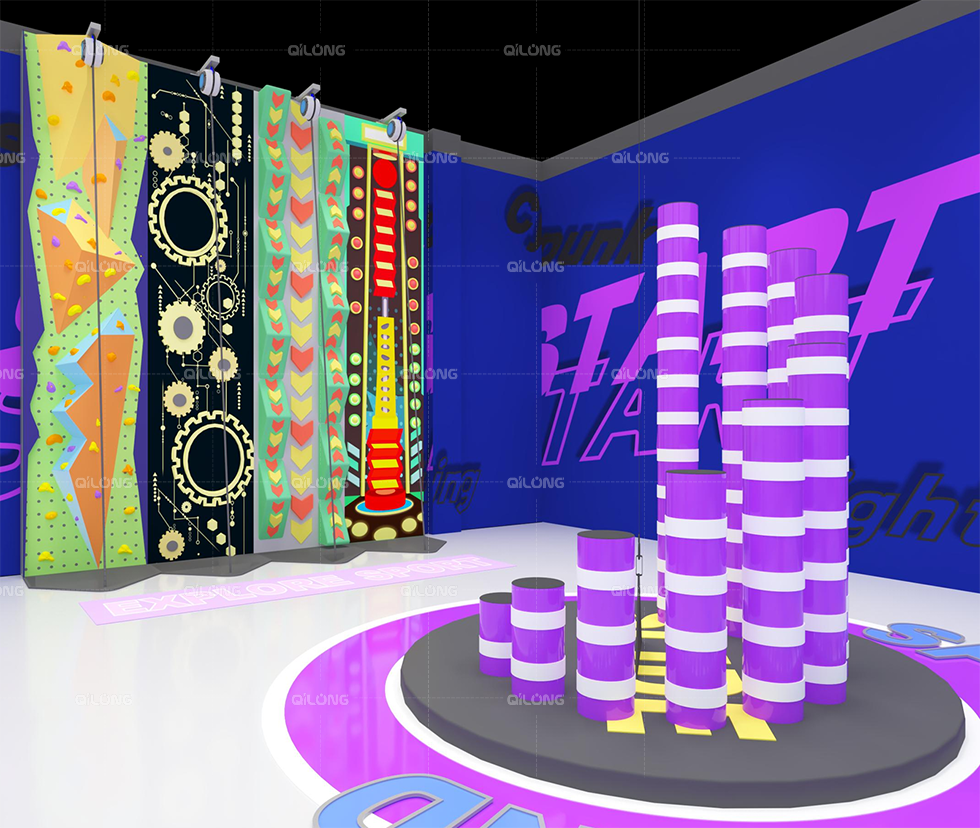
Sliding Experiences: Beyond traditional slides, children can enjoy tunnel slides, wave slides, and spiral slides that provide unique sensory experiences.
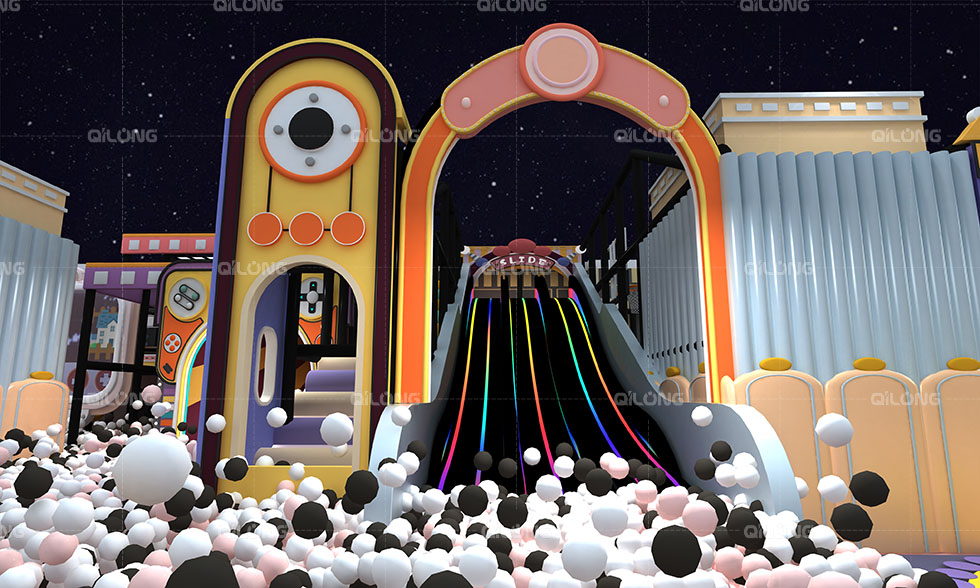
Balancing Challenges: Balance beams, suspended bridges, and wobble boards help improve core stability and coordination.
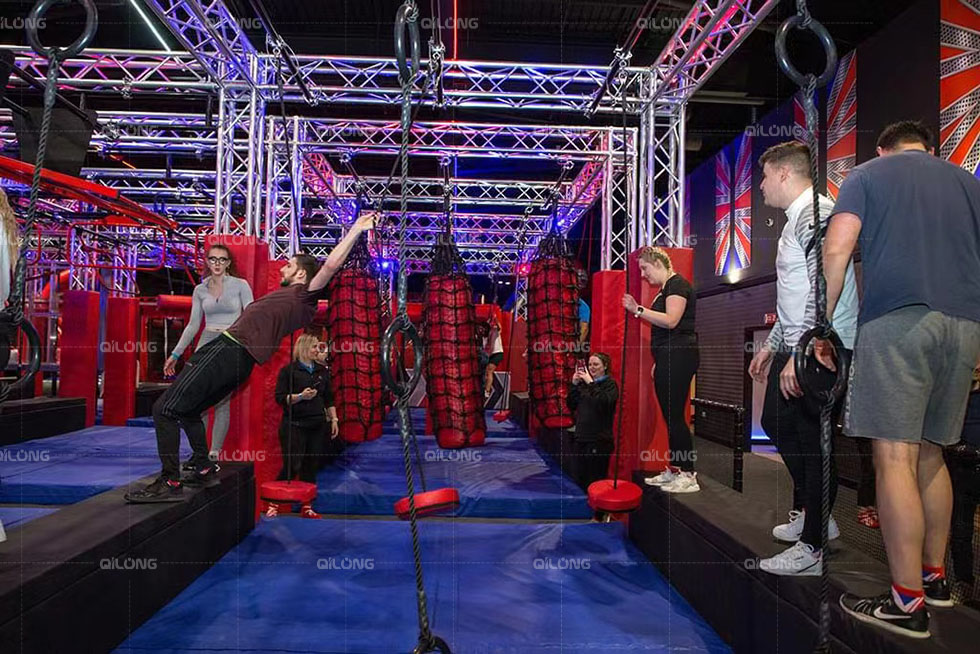
Themed Play Zones: Immersive environments like pirate ships, castles, or space stations encourage role-playing and social interaction.
Construction Areas: Large, soft building blocks allow children to design and create their own structures, fostering spatial awareness and teamwork.
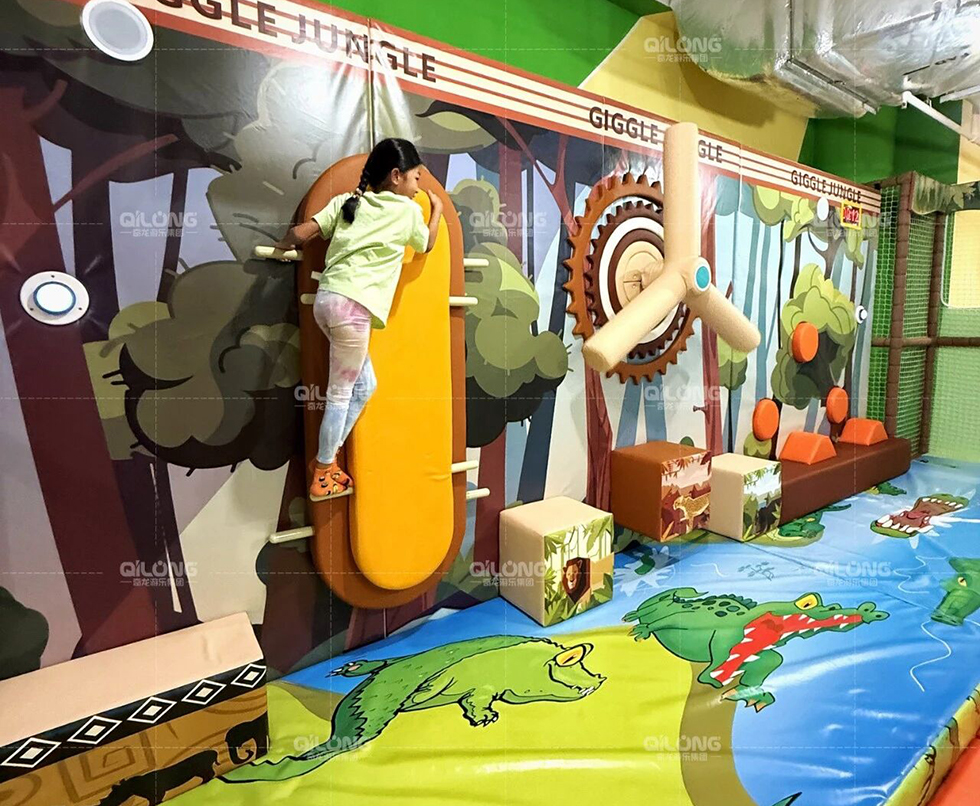
Sensory Walls: Feature various textures, moving parts, and interactive elements that stimulate tactile exploration.
Ball Pits: Provide tactile stimulation while encouraging social interaction and physical activity.
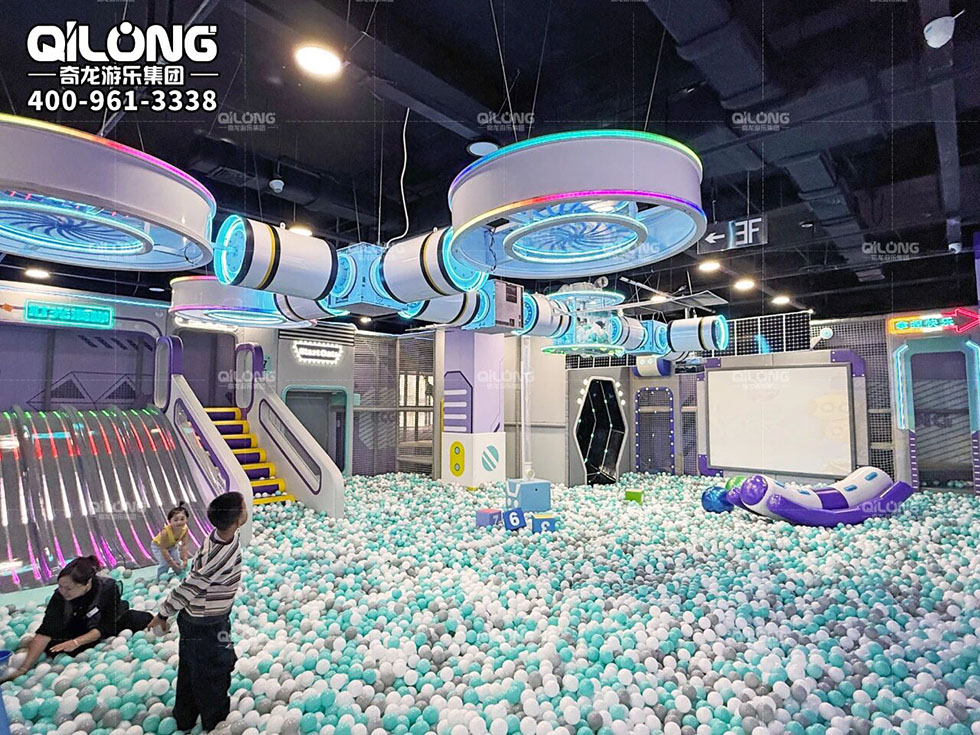
Interactive Game Panels: Wall-mounted games that challenge memory, pattern recognition, and cause-and-effect understanding.
Group Obstacle Courses: Encourage children to work together while developing coordination and strategic thinking.
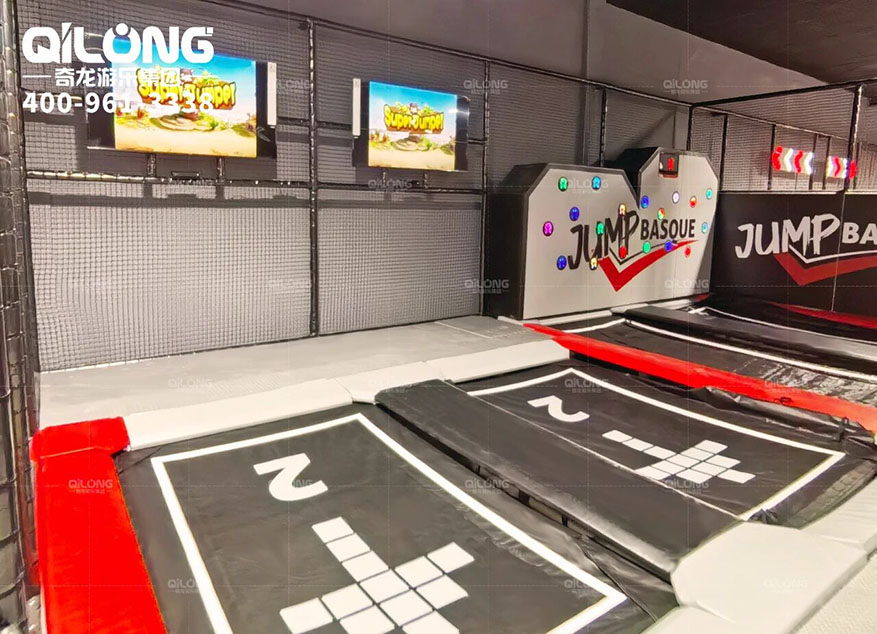
Toddler Zones (1-3 years): Feature low-profile climbing structures, small slides, and sensory activities with enhanced safety measures.
Adventure Zones (4-12 years): Offer more complex challenges with taller structures, advanced climbing walls, and sophisticated obstacle courses.
Interactive Technology: Touch screens and projection games that combine physical movement with educational content.
Themed Learning Stations: Areas designed around specific educational concepts like nature, science, or community roles.
Soft Landing Surfaces: Impact-absorbing materials throughout the play area
Clear Sight Lines: Open designs allowing easy supervision
Age-Appropriate Design: Separate zones for different age groups
Regular Sanitization: Especially important in high-touch areas
Today's indoor playgrounds offer much more than just physical play. They provide comprehensive environments where children can develop essential skills while having fun. From challenging physical activities to creative role-playing and educational games, these spaces support holistic child development in safe, engaging settings.
The best playgrounds balance excitement with safety, individual exploration with social interaction, and pure fun with developmental benefits - creating spaces where children want to return again and again.